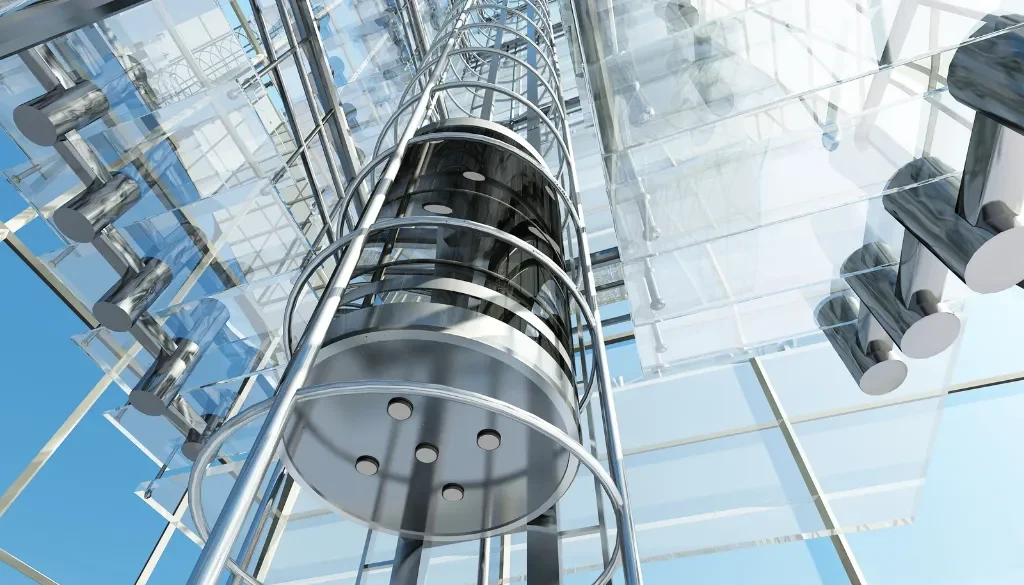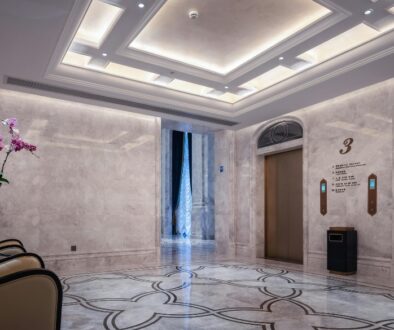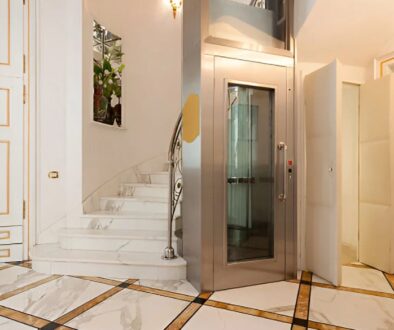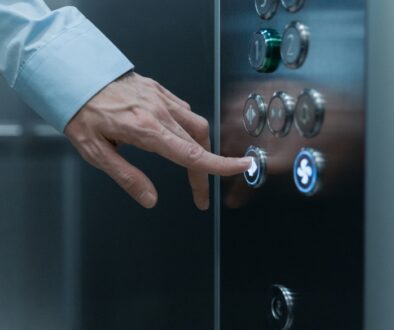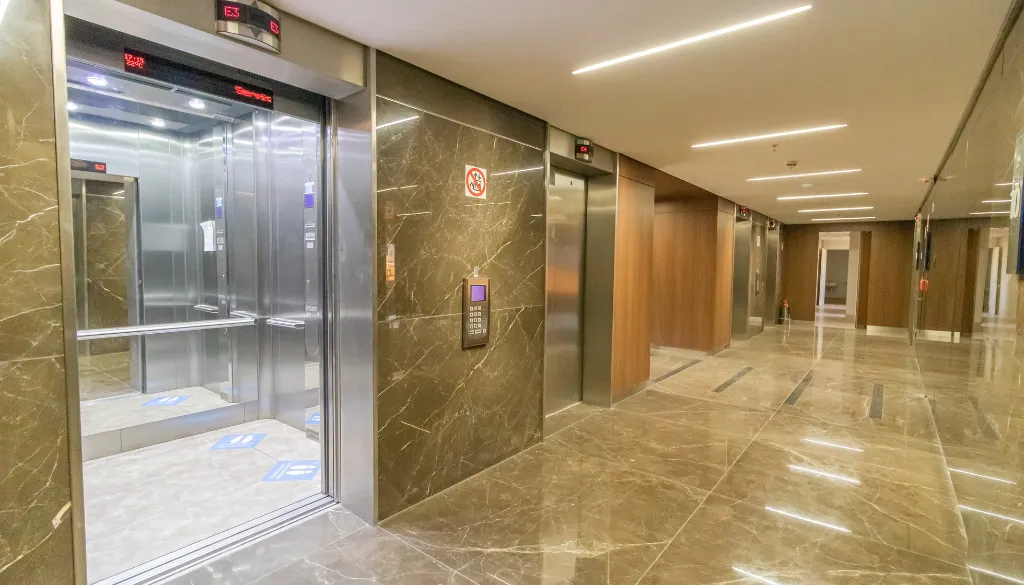Hydraulic vs Traction Lifts: Which One to Choose?
When planning a lift installation for your home, commercial building, or warehouse in Dubai, one of the most critical decisions is choosing between a hydraulic lift and a traction lift. Every system has distinct advantages and works well with various kinds of structures, varying usage frequencies and varying space constraints. In this blog, we’ll explore the differences between hydraulic lift vs traction lift, helping you make an informed choice based on performance, cost, space and design. Whether you’re considering a hydraulic vs traction elevator in Dubai, you can select the best fit for your property by being aware of the salient characteristics of each.
Understanding the Basics: Hydraulic vs Traction Elevator
The comparison of hydraulic vs traction elevator begins with their core mechanisms.
- Hydraulic Lifts function by means of a hydraulic fluid-powered piston. These elevators need a machine room at the base and are best suited for low- to mid-rise buildings.
- Traction Lifts work with steel ropes and counterweights. They provide smoother, faster rides and are more prevalent in high-rise structures.
The type of building you have and your operational requirements will determine whether you should invest in a traction lift or a hydraulic elevator in Dubai.
Installation and Space Requirements
Hydraulic Lift: Compact with Ground-Level Machinery
A significant advantage of hydraulic lifts is that they don’t require a large overhead machine room. The machinery is typically placed in a room adjacent to or below the elevator shaft, which is a plus for villas or small buildings in Dubai.
- Ideal for low-rise buildings (2 to 5 floors)
- Requires ground-level space for hydraulic components
- Less complex shaft construction
Traction Lift: More Room, More Rise
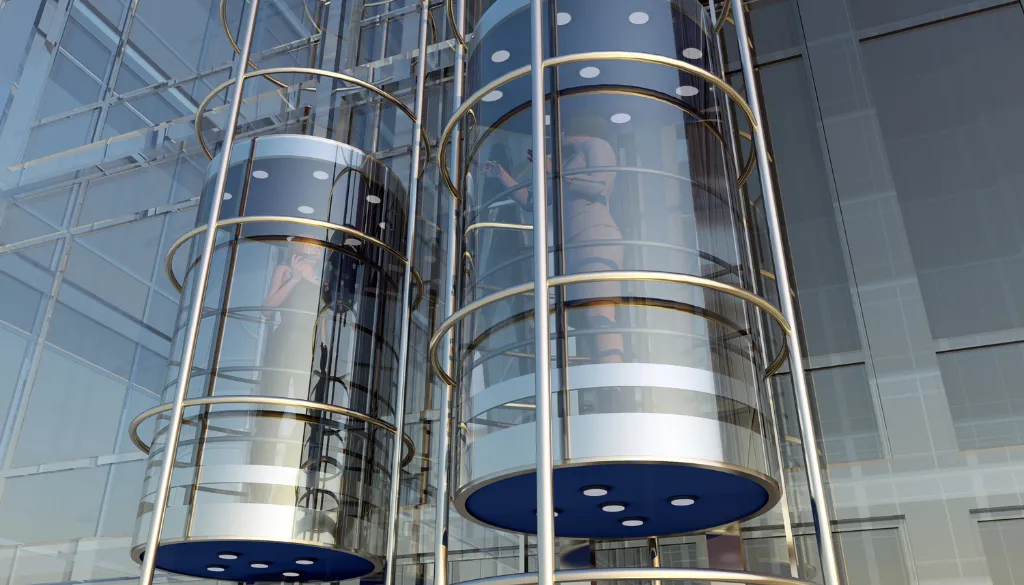
Traction lifts, on the other hand, need an overhead space for the motor and pulley system. While this requires more architectural planning, it enables the construction of taller buildings and more floors.
- Suitable for mid to high-rise buildings
- Needs overhead clearance and counterweight space
- More structural integration required
For buildings with five or more floors in Dubai, most elevator installation companies recommend a traction lift for optimal efficiency and performance.
Performance and Ride Quality
Traction Lift: Smoother, Quieter, Faster
When comparing hydraulic vs traction elevator, traction models win on ride quality. They operate with precision and are generally quieter. Because of their increased speed, gearless systems are the go-to choice for residential and office towers.
- Fast travel speed
- Smooth start and stop
- Energy-efficient operation
Hydraulic Lift: Slower but Sturdy
Although hydraulic elevators are a bit slower, they’re strongest and can carry the maximum load. They’re best suited for freight use and residential elevators for private homes where speed is not a priority.
- Slower ride
- Stronger for heavy-duty lifting
- Cost-effective for shorter buildings
Thus, if strength more than speed is your foremost priority, the hydraulic elevator in Dubai may prove to be a more suitable alternative.
Cost Comparison: Hydraulic Lift vs Traction Lift
One of the top questions asked by clients is: “Which is more affordable hydraulic lift or traction lift?
Hydraulic Lifts Are Generally More Affordable
- Lower initial cost
- Fewer installation complexities
- Ideal for budget-conscious projects
Traction Lifts Are Costlier but Efficient Long-Term
- Higher initial investment
- Energy savings over time
- Better for long-term commercial use
While hydraulic lifts are cheaper to install, traction lifts offer better value for larger or high-traffic buildings in the long run.
Maintenance and Energy Consumption
Hydraulic Lifts Require More Frequent Maintenance
The hydraulic fluid must be regularly monitored, replaced, and maintained. Also, over time, hydraulic systems may develop oil leaks or reduced performance.
- Higher maintenance frequency
- Greater wear-and-tear on components
- Not eco-friendly due to hydraulic oil usage
Traction Lifts Are Energy-Efficient and Low Maintenance
With no oil and less friction, traction lifts typically require less frequent service and consume less electricity, especially with regenerative drives.
- Eco-friendly
- Lower maintenance needs
- Longer lifespan
If you’re considering green building compliance or lower power bills, a traction lift in Dubai is the ideal solution.
Best Use Cases in Dubai: Where Each Lift Fits Best
Choose Hydraulic Elevator in Dubai. If:
- You have a villa or low-rise building
- Budget is a significant factor
- Space for an overhead machine room is limited
- You’re installing a lift for personal use
Choose Traction Lift in Dubai If:
- You have a mid- or high-rise structure
- You want faster, smoother rides
- You require long-term energy efficiency
- The lift will experience high usage daily
Skodtec Elevators: Helping You Make the Right Choice

At Skodtec Elevators, we specialize in both hydraulic and traction lift installations in Dubai. Our team assesses your building layout, budget and intended usage before recommending the most efficient system. Whether it’s a hydraulic elevator for a villa or a traction lift for a shopping mall, we ensure professional installation, modern cabin designs and long-term support.
Conclusion: Hydraulic vs Traction Lift Make an Informed Decision
When weighing hydraulic lift vs traction lift, it all comes down to your specific needs. Both systems are reliable and widely used across Dubai, but choosing the right one ensures safety, comfort and long-term savings.
- For homes and short buildings → Hydraulic elevator Dubai
- For towers and busy buildings → Traction lift Dubai
Still unsure which lift suits your property? Contact Skodtec Elevators today for a free site consultation and expert advice on the best elevator system for your building.
